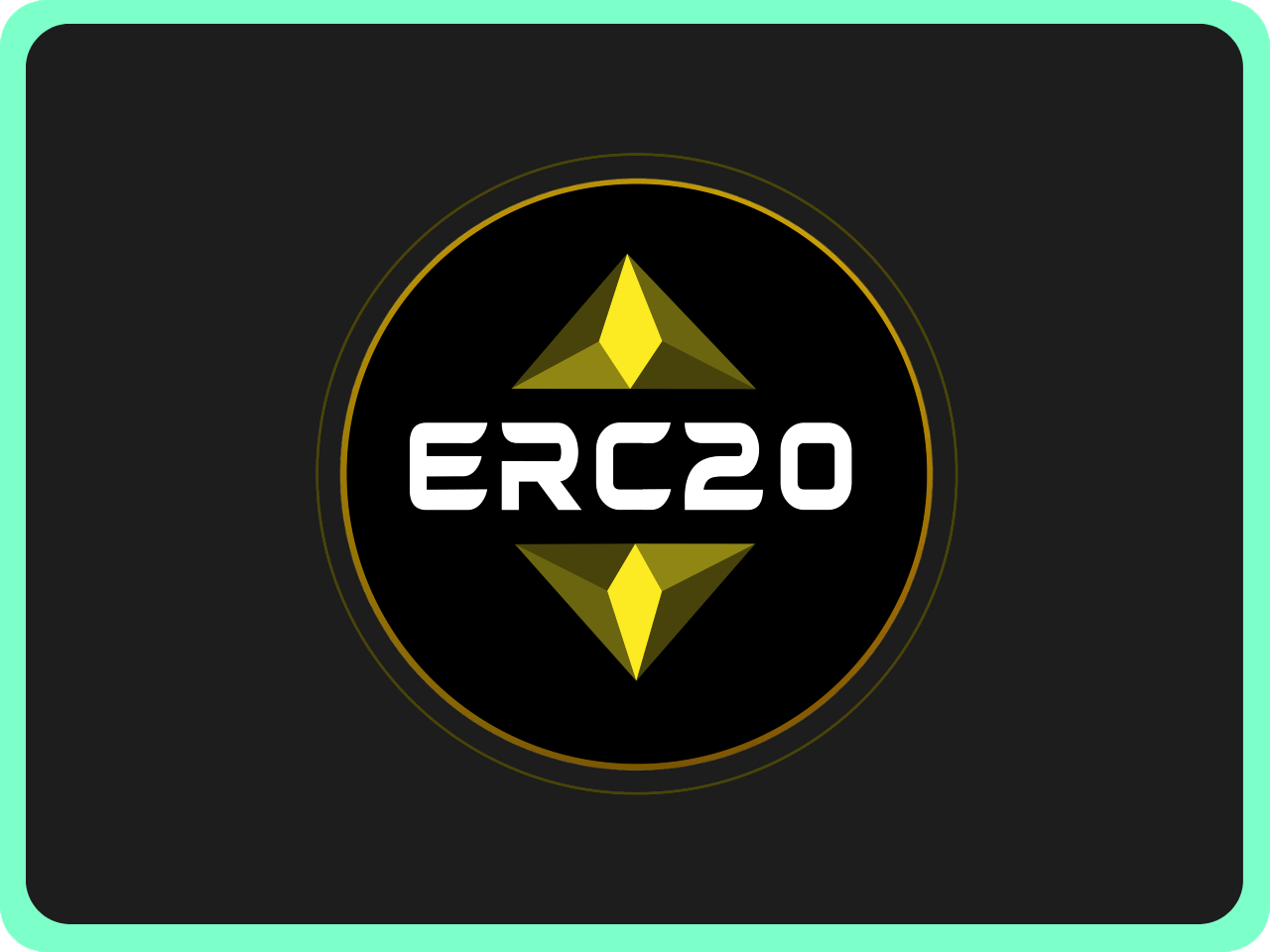The Birth of ERC-20
The Ethereum blockchain, in contrast to Bitcoin, was designed with more than just a cryptocurrency in mind. Ethereum’s vision was to build a worldwide decentralized computer, capable of executing smart contracts—self-executing contracts with the terms of the agreement directly written into lines of code.
This vision led to the development of various token standards, ERC-20 being one of the earliest and most significant. The “ERC” stands for Ethereum Request for Comment, and “20” is the number that was assigned to this particular proposal. The standard was proposed in 2015 by Ethereum developer Fabian Vogelsteller and quickly became the most widely adopted token standard on the Ethereum blockchain.
What Makes ERC-20 a Standard?
A standard in this context refers to a set of predefined rules that a token must follow. The ERC-20 standard outlines a set of six mandatory functions that a token on the Ethereum network must implement, and three optional ones.
These functions enable the token to interact with other tokens on the network seamlessly. They allow for the transfer of tokens from one account to another, the inquiry of the balance of an account, and the total supply of tokens.
By adhering to this standard, new tokens can ensure interoperability with existing infrastructure, like wallets and exchanges, which support the standard. This has significantly reduced the potential complexity and fragmentation in the Ethereum token space, enabling an ecosystem to flourish.
Advantages and Disadvantages of ERC-20
The ERC-20 standard has several advantages, the most notable being the standardization of token interactions. This has led to significant growth in the Ethereum ecosystem, with an abundance of projects building and issuing tokens on the platform.
Another advantage is the ease of listing ERC-20 tokens on exchanges. Because all ERC-20 tokens follow the same set of rules, once an exchange supports one ERC-20 token, it can theoretically support any ERC-20 token, making it relatively easy for new projects to get their tokens listed and available for trading.
Despite its advantages, the ERC-20 standard is not without its flaws. A key issue is the lack of a standard function to handle transactions to contracts. If a user sends ERC-20 tokens to a contract that is not set up to receive such tokens (like a contract for another ERC-20 token), those tokens can be lost forever.
Future of ERC-20
Since the emergence of ERC-20, Ethereum has seen several new token standards introduced, including ERC-721 for non-fungible tokens and ERC-223, a backward-compatible improvement over ERC-20.
However, ERC-20 remains the most widely used token standard on the Ethereum network due to its simplicity and wide adoption. As the Ethereum ecosystem continues to grow and evolve, it is likely that the ERC-20 standard will continue to play a critical role, even as new standards are developed and adopted.
Conclusion
ERC-20 represents an important step forward in the standardization of blockchain-based tokens, facilitating interoperability and reducing complexity for developers. While it’s not without its flaws, the ERC-20 standard has made a significant contribution to the growth and dynamism of the Ethereum ecosystem. As blockchain technology continues to evolve, it will be fascinating to watch how ERC-20 and other token standards adapt to meet these new challenges.

